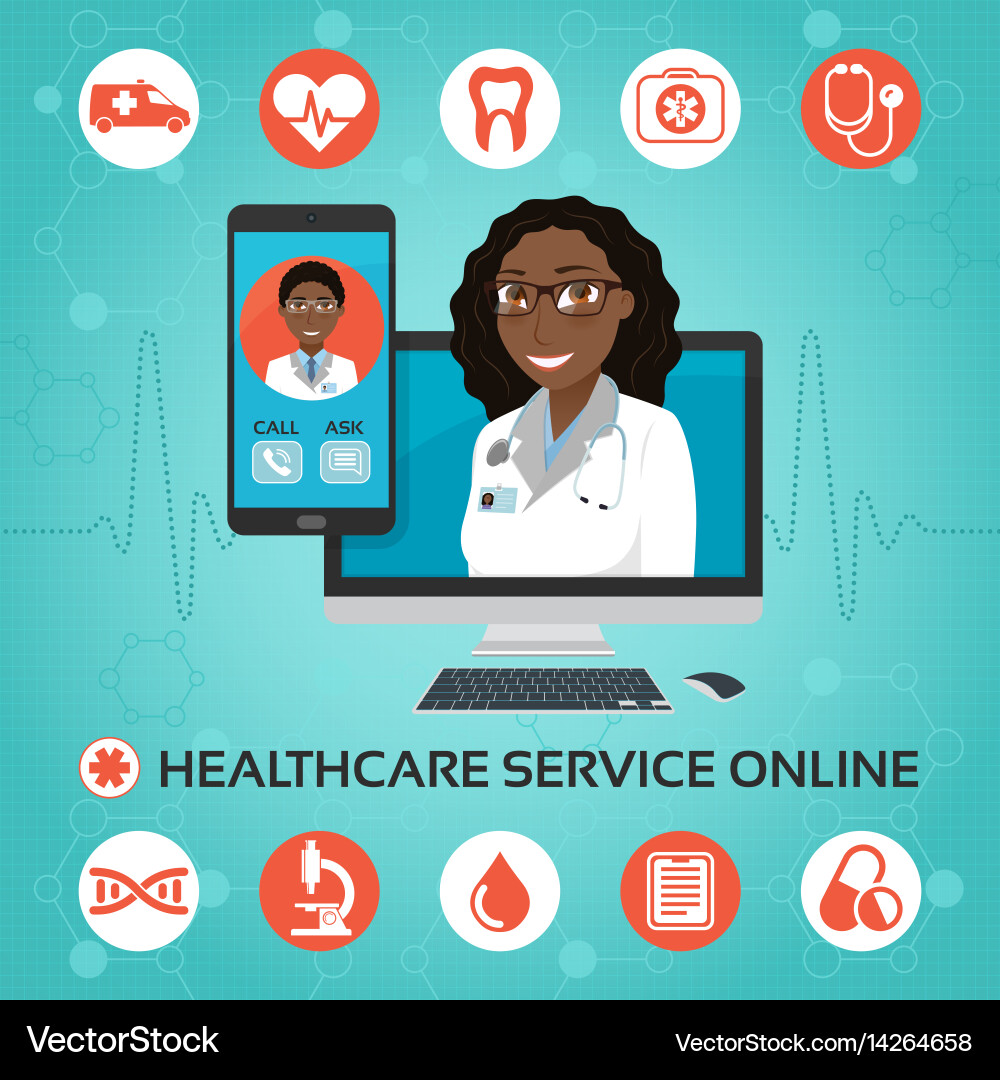How Subscription Based Healthcare is Revolutionizing Patient Access to Services
How Subscription Based Healthcare is Revolutionizing Patient Access to Services
Blog Article
Just How Subscription-Based Healthcare Is Transforming the Clinical Market

The Increase of Subscription Healthcare
In recent years, the health care market has actually observed a significant shift towards subscription-based models, showing wider customer patterns preferring comfort and predictability. This makeover is driven by the raising need for even more tailored and accessible care solutions. Subscription healthcare, sometimes described as attendant medication or direct main care, offers patients a set month-to-month cost for a variety of medical services, significantly altering typical fee-for-service versions.
The increase of subscription medical care is facilitated by innovations in modern technology, which allow streamlined communication in between carriers and individuals - subscription based healthcare. Digital platforms and telehealth services have come to be important, providing patients the capacity to arrange appointments, accessibility medical documents, and get consultations online. This technical assimilation not only boosts person involvement but additionally enables providers to deliver a lot more efficient care
Furthermore, the registration version aligns with the evolving expectations of individuals that look for even more control over their health care costs and experiences. While this model is gaining grip, its proliferation encounters difficulties such as governing difficulties and the need for broader acceptance within the standard healthcare community.
Benefits for Companies and clients
Subscription-based health care uses a wide range of benefits for both carriers and people, reshaping the dynamics of treatment. For people, this model gives improved access to medical care solutions. With a predictable regular monthly charge, patients can delight in endless assessments, lowered delay times, and personalized treatment. This setup commonly results in an extra proactive method to health and wellness monitoring, allowing for prompt treatments that can protect against chronic conditions from intensifying. The monetary transparency of subscription versions lowers the changability associated with typical fee-for-service billing, relieving the concern of unanticipated medical expenditures.
For doctor, subscription-based versions cultivate an even more rewarding and sustainable practice. By protecting a consistent revenue stream, suppliers can concentrate on providing top notch treatment without the pressure of volume-based solution. This model encourages longer individual appointments, cultivating more powerful patient-provider partnerships and boosting wellness end results. Furthermore, it provides suppliers the versatility to introduce and include holistic and preventative care methods. Administrative jobs are frequently structured, lowering overhead prices and allowing service providers to commit more time to person interaction. Generally, subscription-based health care aligns the incentives of carriers and patients, advertising a more patient-centered and reliable medical care distribution system.
Trick Attributes of the Design
Regularly, the crucial attributes of the subscription-based health care version emphasize its distinctive approach to supplying clinical services. Central to this version is the idea of foreseeable, month-to-month repayments, offering people a thorough variety of solutions without the unpredictability of traditional fee-for-service frameworks. This design typically consists of limitless accessibility to medical care services, precautionary treatment, and regular exams, ensuring that patients can engage with their doctor proactively instead of reactively.
Additionally, direct communication channels, such as telemedicine and messaging systems, are emphasized, allowing individuals to obtain prompt suggestions and consultations without requiring in-person consultations. This boosts access and convenience, particularly for people with flexibility restraints or those staying in remote locations. The design likewise fosters stronger doctor-patient partnerships, as medical care carriers are incentivized to concentrate on long-lasting health outcomes instead than temporary sees.
Additionally, subscription-based health care typically integrates technical advancements, such as electronic health records and wellness tracking apps, to provide personalized and reliable treatment. Clients benefit from worked with and constant care administration, which is tailored to their particular health and wellness demands. Ultimately, these attributes collectively create a patient-centered health care experience, prioritizing access, expense transparency, and preventative care.

Obstacles and Factors To Consider
While the subscription-based medical care design offers countless benefits, it is not without its challenges and factors to consider. One substantial challenge is ensuring fair access. Membership models might unintentionally prefer those with higher socioeconomic standing, potentially expanding disparities in medical care gain access to for lower-income people who might fight with month-to-month fees. This increases ethical worries about inclusivity and equity in medical care shipment.
Another difficulty depends on governing compliance. Subscription-based health care must navigate a complicated internet of laws that differ by area, including issues around individual discretion, information protection, and state licensing requirements. Get More Info Making certain conformity without restraining the model's flexibility and development can be intimidating for service providers.
Furthermore, there is the danger of overutilization or underutilization of solutions. People paying a dealt with cost could overuse solutions, leading to increased operational costs, while others could underutilize as a result of be afraid of straining the system, possibly ignoring needed treatment.
Future Potential Customers and Innovations
The landscape of subscription-based health care is poised for change through emerging innovations and advancing leads. As modern technology remains to development, the combination of synthetic intelligence and artificial intelligence provides considerable opportunities to enhance analysis accuracy and streamline person monitoring. Predictive analytics can revolutionize preventive treatment by identifying potential wellness dangers before they show up, consequently decreasing both prices and the problem on healthcare systems.
Moreover, telemedicine is readied to broaden within subscription designs, offering clients increased access to healthcare experts no matter of geographical restraints. This not only promotes connection of care yet additionally encourages individuals to involve more proactively in their wellness administration. Furthermore, blockchain modern technology uses prospective in protecting patient information and making certain interoperability throughout platforms, promoting trust and transparency.
Partnerships in between tech companies and health care providers are most likely to yield innovative services, enhancing client experiences and results. As these leads appear, subscription-based healthcare has the prospective to redefine exactly how care is supplied and accessed.
Conclusion
Subscription-based healthcare is changing the medical market by offering a more easily accessible, foreseeable, and patient-centered technique to clinical services. This version improves patient-provider partnerships, makes certain monetary transparency, and emphasizes precautionary treatment with endless appointments and telemedicine. Regardless of difficulties such as regulative difficulties and prospective differences in gain access to, the registration design holds pledge for a more efficient and tailored health care experience. As technology developments, better technologies are most likely to address existing challenges and maximize healthcare distribution.
Membership healthcare, occasionally referred to as attendant medicine or direct primary treatment, uses patients a fixed month-to-month charge for an array of clinical services, considerably altering standard fee-for-service versions.
Furthermore, the registration version straightens with the developing expectations of clients that seek more control over their healthcare costs and experiences. For people, this version supplies boosted access address to healthcare solutions. On the whole, subscription-based healthcare aligns the motivations of service providers and individuals, advertising an extra efficient and patient-centered medical care distribution system.
Additionally, telemedicine is set to expand within membership versions, offering people raised next accessibility to health care experts regardless of geographical restrictions. - subscription based healthcare
Report this page